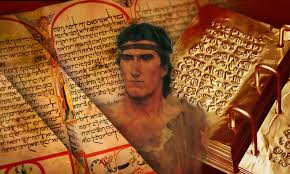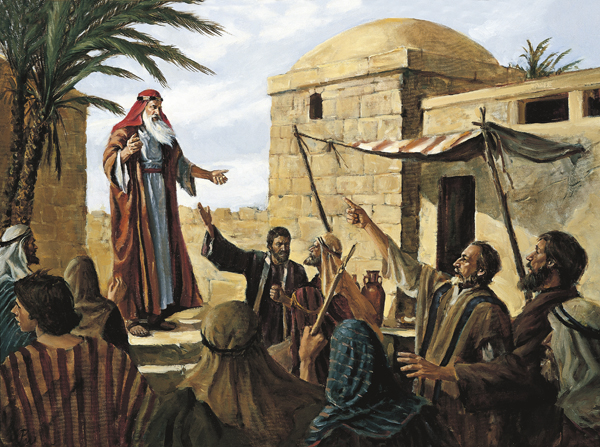
In Part 1, I argued that the specific messages of 2 Nephi 4 in the Book of Mormon go almost completely ignored in the writings and teachings of the Church of Jesus Christ of Latter-day Saints (hereafter, “the Church”). This chapter, which is accurately called the psalm of Nephi, contains, among other things, Nephi’s lament over his repeated susceptibility to sin and temptation, and the depression and loss of self-esteem he suffers as a result. The reader is surprised to read his words, since Nephi’s stature as a prophet of God is almost unparalleled in both the Bible and Book of Mormon. And, no part of the Book of Mormon, outside of this chapter, informs the reader of any sinfulness on his part, much less the nature of such sinfulness. Since this chapter is unique in all of scripture, and the messages in it are so crucial to our understanding of how major, persistent weaknesses and exceptional spirituality can co-exist in the greatest of individuals, one would think that its substance would be the focus of much discussion among the lay membership, church leaders and scholars of the LDS Church. It should be one of the most famous passages of scripture, and by itself, should be the subject of lessons and talks. Below, I’ll attempt to not only delve into the vital messages of this chapter that I feel have escaped public discussion, but also explain why I think the LDS Church purposely shies away from those messages.
Continue reading →







